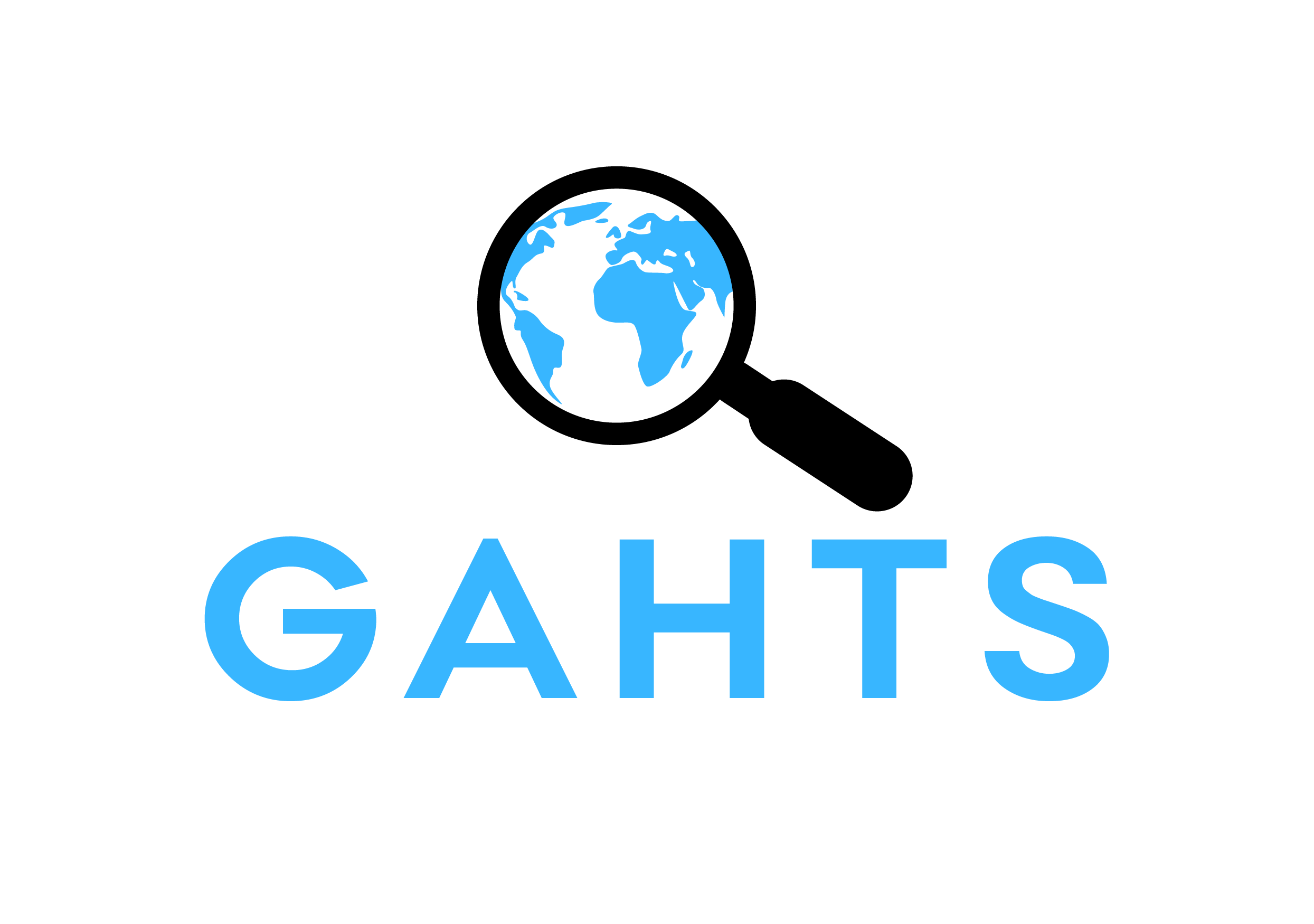Use of ICD-10 Codes for Human Trafficking: Analysis of Data From a Large, Multisite Clinical Database in the United States
Author: Kerr, Patrick & Bryant, Gavin
Abstract: People experiencing trafficking often seek health care but are not identified. Although the Centers for Disease Control and Prevention added new International Classification of Diseases, 10th Revision, Clinical Modification (ICD-10-CM) codes specific to human trafficking (hereinafter, HT ICD-10-CM codes) that could systematize the identification and documentation of human trafficking in US health care settings, the extent of their use is unknown. The objectives of this study were to investigate (1) the frequency of HT ICD-10-CM code use in US health care organizations (HCOs) and (2) demographic data associated with HT ICD-10-CM codes using a large clinical database. This retrospective study used deidentified data collected from October 1, 2018, through March 30, 2021, from a clinical database (N = 69 740 144 patients) network (TriNetX) of 48 collaborating US HCOs. Data included number of patients with ≥1 HT ICD-10-CM code, diagnoses, and demographic characteristics (age, sex, race, ethnicity, and region). HT ICD-10-CM codes were associated with 298 patients in US HCOs, most of whom were young (mean [SD] age, 26 [16] y), White (53.0%; n = 158), and female (87.9%; n = 262). Thirty-seven of 48 (77.1%) participating HCOs used ≥1 HT ICD-10-CM code. The most frequently used HT ICD-10-CM codes were “forced sexual exploitation, suspected” (32.2%; n = 96) and “personal history of forced labor or sexual exploitation” (27.1%; n = 81). Labor trafficking codes were noted in approximately 3.7% of cases. HT ICD-10-CM codes are being used by health care professionals, as confirmed by large databases. Further research is needed to understand variation in code use and risk factors associated with human trafficking.
Keywords: human trafficking, clinical data, ICD-10, health care
